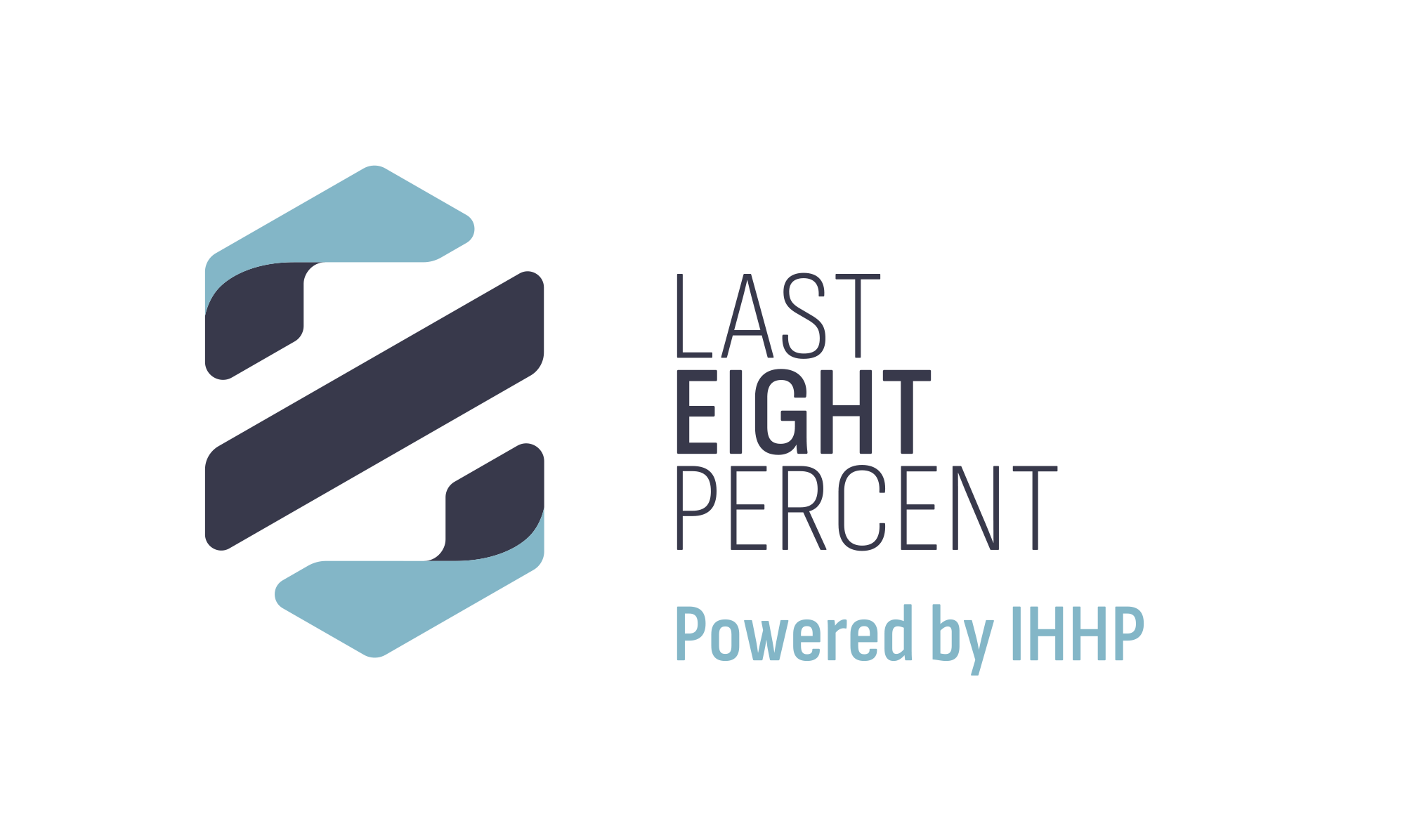Recently, I was at a function and ran into an old friend who runs a small business. Pleased to see a familiar face through the crowd, I walked over, shook hands and innocently asked, “How’s things?” I’ll spare you the details, but the response wasn’t good. He owns a café in a trendy inner city Brisbane location and business is down – his customer base has dried up. Over the past couple of years, the mining and engineering firms that formed the backbone of his trade have experienced a series of restructures to the point where more than half of these employees have been laid off, evidenced by the vacant office space in the stylish building above.
It’s a real-life example of the impact a sluggish economy has on business. My heart went out to my friend who is struggling to generate new customers. Although I don’t know them, I can’t help but feel for those who were laid off, and wonder what they are doing now that work in their industry has evaporated. However, where I want to focus attention is upon the employees who remain in firms impacted by restructures, as I believe many of us can connect with their reality.
“The good news is, your job is secure. The bad news is you are now responsible for the extra workload of those in your department who have been retrenched!”
In the corporate world, the pressure of doing more with less plays out in many different ways. When budget cuts result in a reduced workforce, remaining employees are expected to manage additional responsibilities. Alternatively, a sales team may find itself chasing increased targets with fewer resources. In these situations, it becomes essential for organizations and teams to work cohesively. It’s in these moments when the need to innovate, prioritize, communicate, influence and lead are greatest. However, the latest findings from neuroscience and psychology suggest that pressure negatively impacts performance. Regardless of the task, pressure ruthlessly diminishes our judgment, decision-making, attention and performance. As a result, our ability to ‘do our best when it matters most’ is compromised.
How can we overcome the pressure of doing more with less?
In the book Performing Under Pressure, the authors provide a roadmap to overcoming the pressure of doing more with less in their New York Times bestselling book, The book is based on a 10 year study of over 12,000 people and explores the science behind the debilitating effects of pressure. Interweaving empirical studies and neurological research with firsthand accounts from athletes and executives, the book offers a fascinating exploration into understanding – and overcoming – pressure in our work and personal lives.
A high-pressure situation is one where each of the following consequences of our actions are at play:
- The outcome is important.
- The outcome is uncertain, and
- You are responsible for, and are being judged on, the outcome
Three key insights that the authors share in their book that help us strengthen our capability to deal with this pressure are:
Nobody performs better under pressure
This is a fundamental take-away from the research. So often in pressure situations, we feel that to avert catastrophe, we need to morph into someone we’re not – a “super hero”. This is precisely what is so crippling about a pressure moment – the belief that we need to be better than we are. The realization that we don’t need to be better than we are is powerfully liberating and absolutely critical to maximizing performance under pressure. The aim, therefore, is simply to do our best – to perform to our potential.
Know the difference between stress and pressure
Every stressful situation – conflicting priorities, a long, unproductive meeting, or a looming deadline – can feel like a pressure situation with a material impact on our success; yet the outcome of these situations isn’t always important in the long run. If we treat all stressful moments like pressure moments, we waste precious emotional and physiological resources.
Don’t succumb to cognitive distortions
One of the more subtle ways that pressure influences our brain and behavior is by altering our thinking and distorting how we see events. These cognitive distortions are so powerful that they often create feelings of anxiety, loss of control, helplessness and even anger. When we feel overwhelmed, we can view everything as a crisis and believe that everything is the highest priority.
In Performing Under Pressure there are 22 actionable Pressure Solutions that we can apply in our pressure moments. Here are a few key strategies that will help us do more with less:
Be Present – here and now
When we have multiple demands, and limited resources, our mind will focus attention and often fixate upon the “what ifs”, the potential problems of not getting important things done. We can find ourselves reliving yesterday’s frustrations, or fearing tomorrow’s challenges. A helpful strategy here is to bring attention to the moment and learn to focus on the issues we can address here and now. In doing so, we spend LESS energy and brain space on what ‘may be’ and MORE energy and cognitive power on what is.
Focus on what you can control
Focusing on things we can’t control (like budget cuts, lack of resources, etc.) increases our stress levels. For example, if a deadline you’ve been working toward is suddenly shortened, rather than focusing on the unfairness of the situation, focus on what you can control – asking for help, reprioritizing other deliverables, delegating, etc.
Shrink the importance of the pressure moment – view the challenge as an opportunity
It’s well documented that the more important we appraise a situation to be, the more pressure we feel. If you’re overwhelmed by all the tasks you have to complete, you’re likely to over-exaggerate their importance, which downgrades your cognitive abilities. Instead, minimize the significance of the pressure moment by viewing the challenge as an opportunity. This helps you counter the pressure distortions and gain a more realistic perspective.
In Performing Under Pressure, Pawliw-Fry explains that the top 10% performers in an IHHP study were not impervious to the stress and pressure of having to do more with less. They experienced all the same distortions and anxiety, but had insights and strategies to successfully deal with them. You can too!

